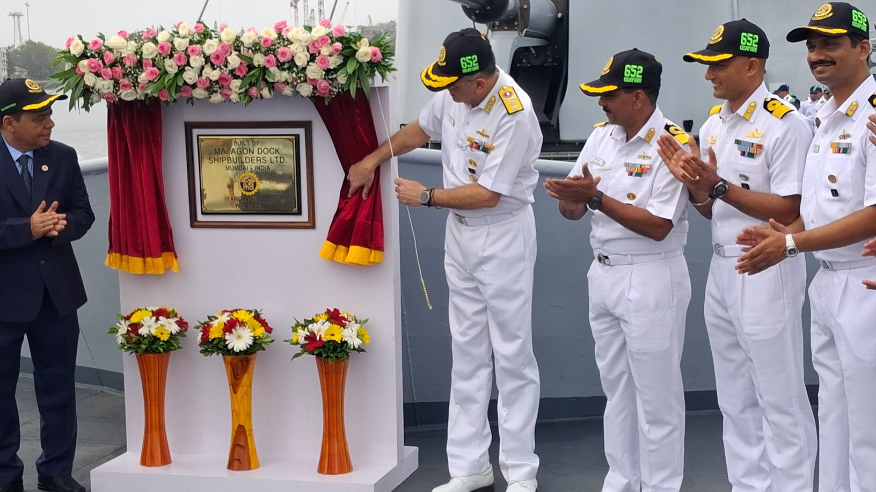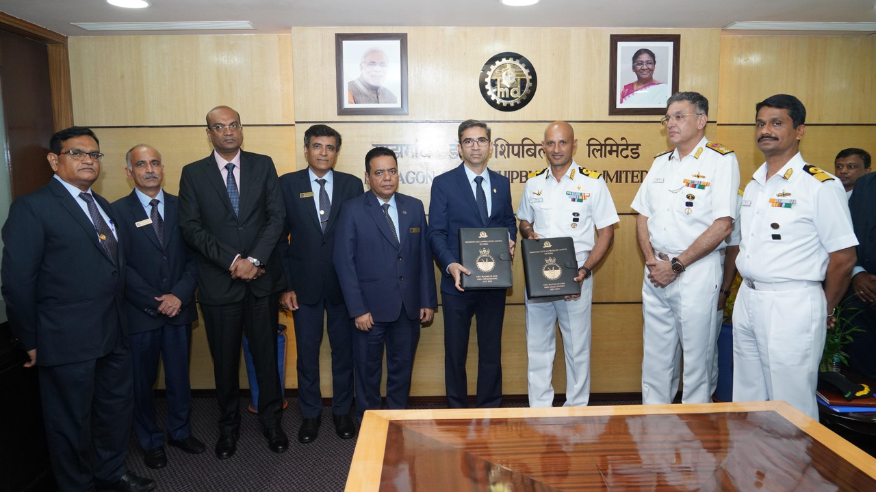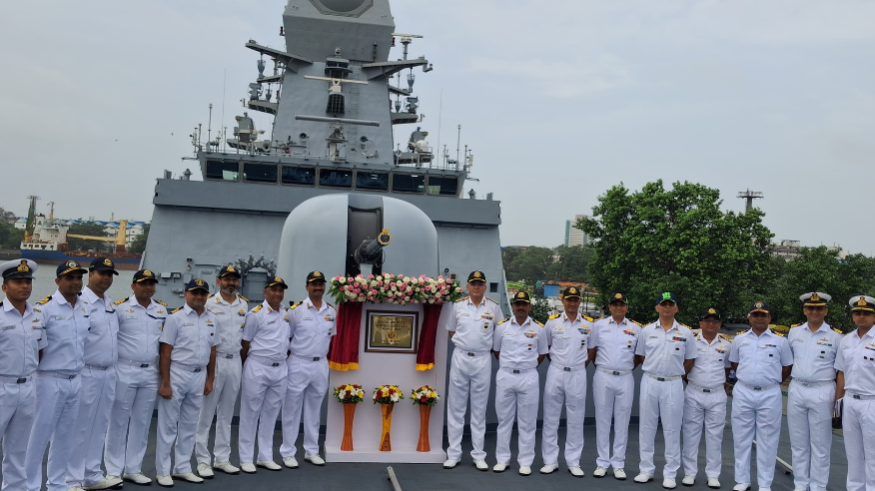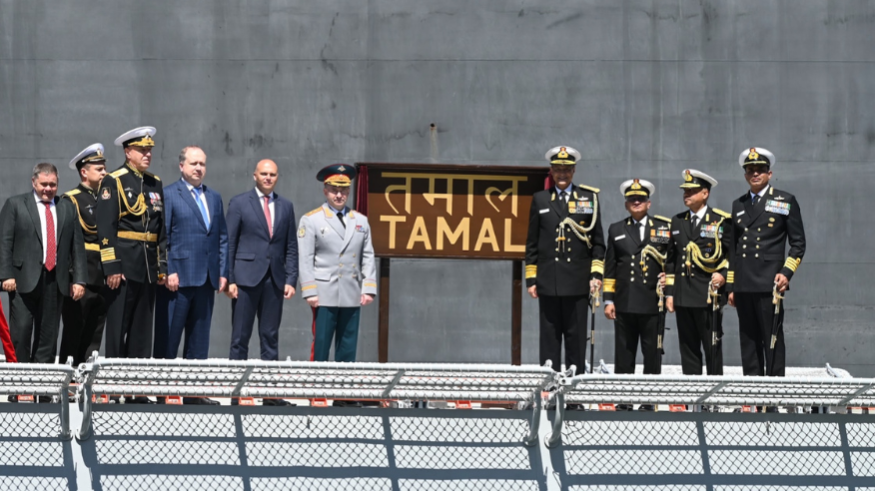INS Udaygiri Delivered: Boost to Aatmanirbharta in Naval Shipbuilding
On July 1, 2025, INS Udaygiri—India’s latest stealth frigate under Project 17A—was formally delivered to the Indian Navy by Mazagon Dock Shipbuilders Ltd (MDL) in Mumbai. Udaygiri is the second warship in a class of seven advanced frigates being built under Project 17A, a next-generation successor to the Indian Navy’s Shivalik-class frigates. These multi-mission warships are designed to operate in open ocean environments, defending Indian maritime interests against both conventional and asymmetric threats.
A Modern Avatar with a Storied Name
This new Udaygiri follows in the wake of her namesake, the erstwhile INS Udaygiri, a Leander-class frigate commissioned in 1976 and decommissioned in 2007 after 31 years of distinguished service.

Delivered just 37 months after its launch, the ship also sets a benchmark in construction timelines, thanks to an integrated modular construction philosophy that emphasises extensive pre-outfitting at the block stage to reduce build time without compromising quality.
Design Evolution: From Shivalik to Project 17A
Project 17A is an evolution of the Project 17 (Shivalik-class) design. The new class retains the multi-role versatility of its predecessor but enhances it with a 4.5% larger hull, which improves internal volume and endurance. The ship also features significantly improved stealth profiles with sleeker lines and a reduced radar signature, along with a modernised combat suite that integrates both indigenous and cutting-edge systems.
Propulsion is delivered through a Combined Diesel or Gas (CODOG) configuration. Each shaft is powered by a diesel engine and a gas turbine, driving a Controllable Pitch Propeller (CPP). The warship is equipped with an Integrated Platform Management System (IPMS), which enables real-time monitoring and automation of critical onboard systems for greater efficiency and reliability.
A Combat-Ready Arsenal
Udaygiri comes armed with a formidable mix of weapons and sensors. It carries supersonic surface-to-surface missiles, likely the BrahMos, for offensive operations against maritime and land-based targets. The frigate is also fitted with a Medium-Range Surface-to-Air Missile (MRSAM) system for area air defence, and a 76 mm naval gun for engaging surface and aerial threats.
For point defence, it is equipped with a combination of 30 mm and 12.7 mm rapid-fire Close-In Weapon Systems (CIWS), designed to neutralise incoming missiles and fast attack craft. This combat suite is backed by a suite of advanced radars, electronic warfare systems, and sonar, making the ship fully capable of operating across air, surface, and sub-surface domains.
Aatmanirbharta in Action
The delivery of INS Udaygiri is also points to India’s growing defence industrial base. Over 200 Indian MSMEs contributed to the ship's construction, supplying critical systems, equipment, and sub-assemblies. According to defence officials, the ship features a significant proportion of systems sourced from indigenous Original Equipment Manufacturers (OEMs), strengthening India’s domestic capabilities.
The project has also had a wide-reaching impact on the domestic economy. It has created direct employment for more than 4,000 personnel, and generated jobs for over 10,000 workers through indirect and ancillary avenues. The wider benefits include not just industrial growth, but also deeper self-reliance in defence, increased R&D activity, and a more resilient supply chain for future naval construction.
















Comments